Crafting the Natural Light Look
The One-Light Approach to Creating Striking Portraits with a Strobe or Flash
Sandra Coan
Ebook, Lighting, Photography, Popular Techniques, Print, Print and digital bundleRead More
Learn to use a one-light approach for recreating the look of beautiful, natural window light for portraiture!
At its best, natural light is magical for portraiture. The quality of natural light streaming through a window can be extraordinary—gorgeous, wrapping light that flatters your subject and can be used to create multiple looks. For years, photographer Sandra Coan exclusively used natural light in her portraiture work. And while the results could be magnificent, she also learned that she could not rely on it to build a business and create consistently great photographs. That’s because natural light is frustratingly unpredictable: sometimes it rains, sometimes the light is too harsh when your clients are available, and sometimes—depending on the time of year—it’s just too dark.
In order to grow her business with dependably great results and a high level of professionalism, Sandra finally decided to tackle artificial light. She spent years honing her ability to use artificial light to recreate the look of beautiful, natural light. And now, with a simple one-light approach, she produces “natural” light whenever and wherever she likes, creating great portraits in any situation, at any time of day or night. It’s an approach that has led to a successful career spanning two decades and a signature look to her work. Here, in Crafting the Natural Light Look, Sandra shares her knowledge and techniques so that you, too, can learn to quickly and dependably create the look of natural light in your own portraiture. Unlike other books that address artificial light, Sandra’s tone is conversational and easygoing, and she does not cover everything there is to know about artificial light. In fact, there are no two- or three-light setups here. Instead, Sandra’s method is straightforward and easily actionable. She covers:
- • The key characteristics of light (intensity, distance, direction)
- • Equipment: strobes, flashes, light meters, triggers, receivers, modifiers, reflectors, and light stands—including what she uses, and what she recommends if starting out on a budget
- • Shutter speed and its relationship with artificial light
- • Where to position the light and the subject for consistent, flattering results
- • Creating four lighting patterns and looks with one setup—flat light, loop light, side light, and backlight
- • Using a light meter to determine the perfect flash power (whether you shoot film or digital)
- • Working with individuals, families, and groups
- • The role of shadows in its contribution to the drama and mood of a portrait
- • Common mistakes and how to avoid them
- • What she does in post-production (very little!)
Finally, in a series of case studies, she brings it all together and shares her thought process as she works through a number of real-world portrait shoots from start to finish. If you’re a “natural light photographer” who’s been either struggling with flash or reluctant to learn it at all, Crafting the Natural Light Look is exactly the book you need to improve the quality and consistency of your portraiture.
Read Less
- Print and eBook Bundle: $44.99
- Print Book: $34.95
- eBook: $27.99
| BOOK AUTHOR | Sandra Coan |
|---|---|
| PAGE COUNT | 184 pages |
| TRIM SIZE | 8 x 10in |
| COVER | Soft Cover- without flaps |
| ISBN | 9781681985497 |
| PUBLISH DATE | 06/2020 |
- TABLE OF CONTENTS
- Chapter 1: Foundations
- Chapter 2: Equipment
- Chapter 3: Controlling Exposure
- Chapter 4: Metering
- Chapter 5: Creating the Natural Light Look
- Chapter 6: Groups
- Chapter 7: Start to Finish
1 review for Crafting the Natural Light Look
You must be logged in to post a review.
Related products
-
Best Business Practices for Photographers, Third Edition
Ebook, Photography, Print, Print and digital bundle This product has multiple variants. The options may be chosen on the product page $58.99 – $74.99Price range: $58.99 through $74.99Best Business Practices for Photographers, Third Edition
Ebook, Photography, Print, Print and digital bundle This product has multiple variants. The options may be chosen on the product page $58.99 – $74.99Price range: $58.99 through $74.99 -
Chroma
Ebook, Lighting, Photography, Popular Techniques, Print, Print and digital bundle, Specialized Topics This product has multiple variants. The options may be chosen on the product page $31.99 – $49.99Price range: $31.99 through $49.99Chroma
Ebook, Lighting, Photography, Popular Techniques, Print, Print and digital bundle, Specialized Topics This product has multiple variants. The options may be chosen on the product page $31.99 – $49.99Price range: $31.99 through $49.99 -
Mastering the Olympus OM-D E-M1 Mark II
Camera Brands, Darrell Young, Ebook, Olympus, Photography, Print, Print and digital bundle This product has multiple variants. The options may be chosen on the product page $35.99Mastering the Olympus OM-D E-M1 Mark II
Camera Brands, Darrell Young, Ebook, Olympus, Photography, Print, Print and digital bundle This product has multiple variants. The options may be chosen on the product page $35.99 -
The Enthusiast’s Guide to Lightroom
Ebook, Enthusiast's Guides, Image Editing, Lightroom, Photography, Print, Print and digital bundle, Software This product has multiple variants. The options may be chosen on the product page $19.99 – $34.99Price range: $19.99 through $34.99The Enthusiast’s Guide to Lightroom
Ebook, Enthusiast's Guides, Image Editing, Lightroom, Photography, Print, Print and digital bundle, Software This product has multiple variants. The options may be chosen on the product page $19.99 – $34.99Price range: $19.99 through $34.99
Related products
-
The Fujifilm X100F
Camera Brands, Ebook, Fujifilm, Photography, Print, Print and digital bundle This product has multiple variants. The options may be chosen on the product page $22.99 – $34.99Price range: $22.99 through $34.99The Fujifilm X100F
Camera Brands, Ebook, Fujifilm, Photography, Print, Print and digital bundle This product has multiple variants. The options may be chosen on the product page $22.99 – $34.99Price range: $22.99 through $34.99 -
Mastering the Olympus OM-D E-M1 Mark II
Camera Brands, Darrell Young, Ebook, Olympus, Photography, Print, Print and digital bundle This product has multiple variants. The options may be chosen on the product page $35.99Mastering the Olympus OM-D E-M1 Mark II
Camera Brands, Darrell Young, Ebook, Olympus, Photography, Print, Print and digital bundle This product has multiple variants. The options may be chosen on the product page $35.99 -
The Enthusiast’s Guide to iPhone Photography
Apple Photos, Ebook, Enthusiast's Guides, Image Editing, iPhone Photography, Photography, Print, Print and digital bundle, Specialized Topics This product has multiple variants. The options may be chosen on the product page $19.99 – $34.99Price range: $19.99 through $34.99The Enthusiast’s Guide to iPhone Photography
Apple Photos, Ebook, Enthusiast's Guides, Image Editing, iPhone Photography, Photography, Print, Print and digital bundle, Specialized Topics This product has multiple variants. The options may be chosen on the product page $19.99 – $34.99Price range: $19.99 through $34.99 -
David Busch’s Canon EOS Rebel T7i/800D Guide to Digital SLR Photography
Camera Brands, Canon, David Busch, Ebook, Photography, Print, Print and digital bundle This product has multiple variants. The options may be chosen on the product page $31.99 – $49.99Price range: $31.99 through $49.99David Busch’s Canon EOS Rebel T7i/800D Guide to Digital SLR Photography
Camera Brands, Canon, David Busch, Ebook, Photography, Print, Print and digital bundle This product has multiple variants. The options may be chosen on the product page $31.99 – $49.99Price range: $31.99 through $49.99

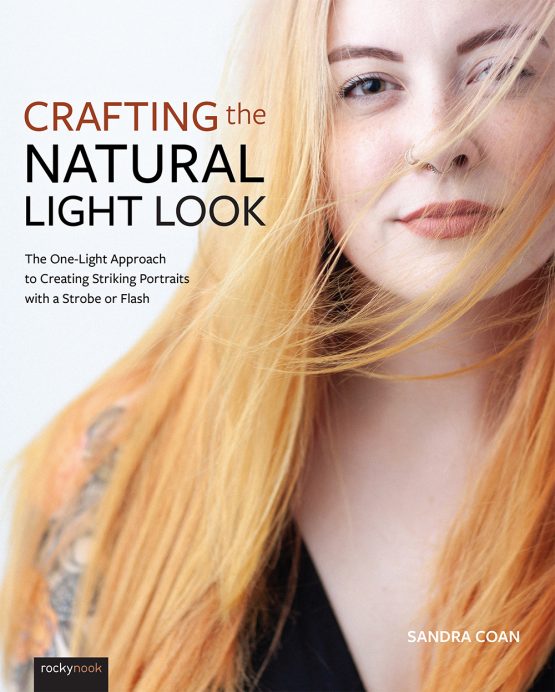
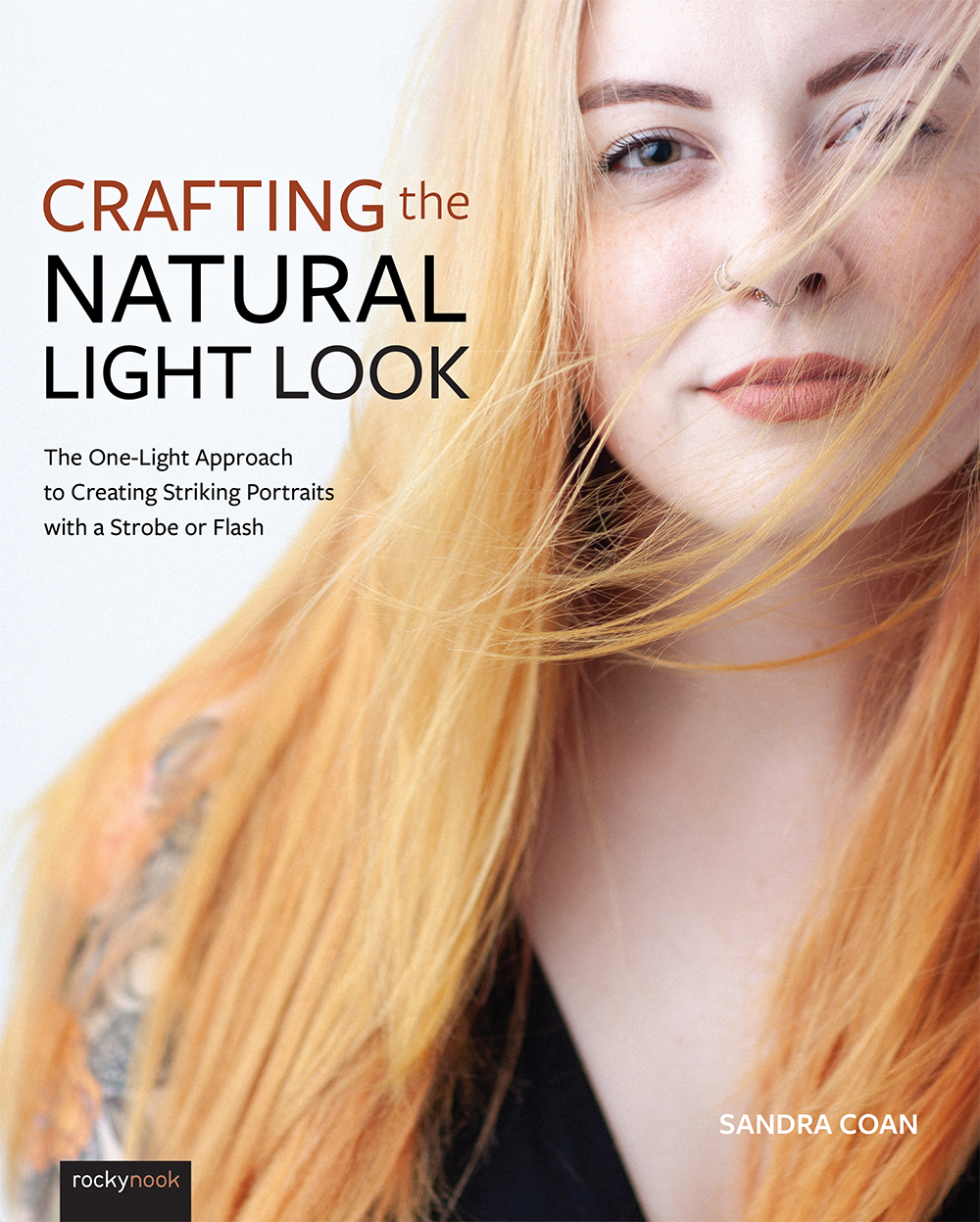

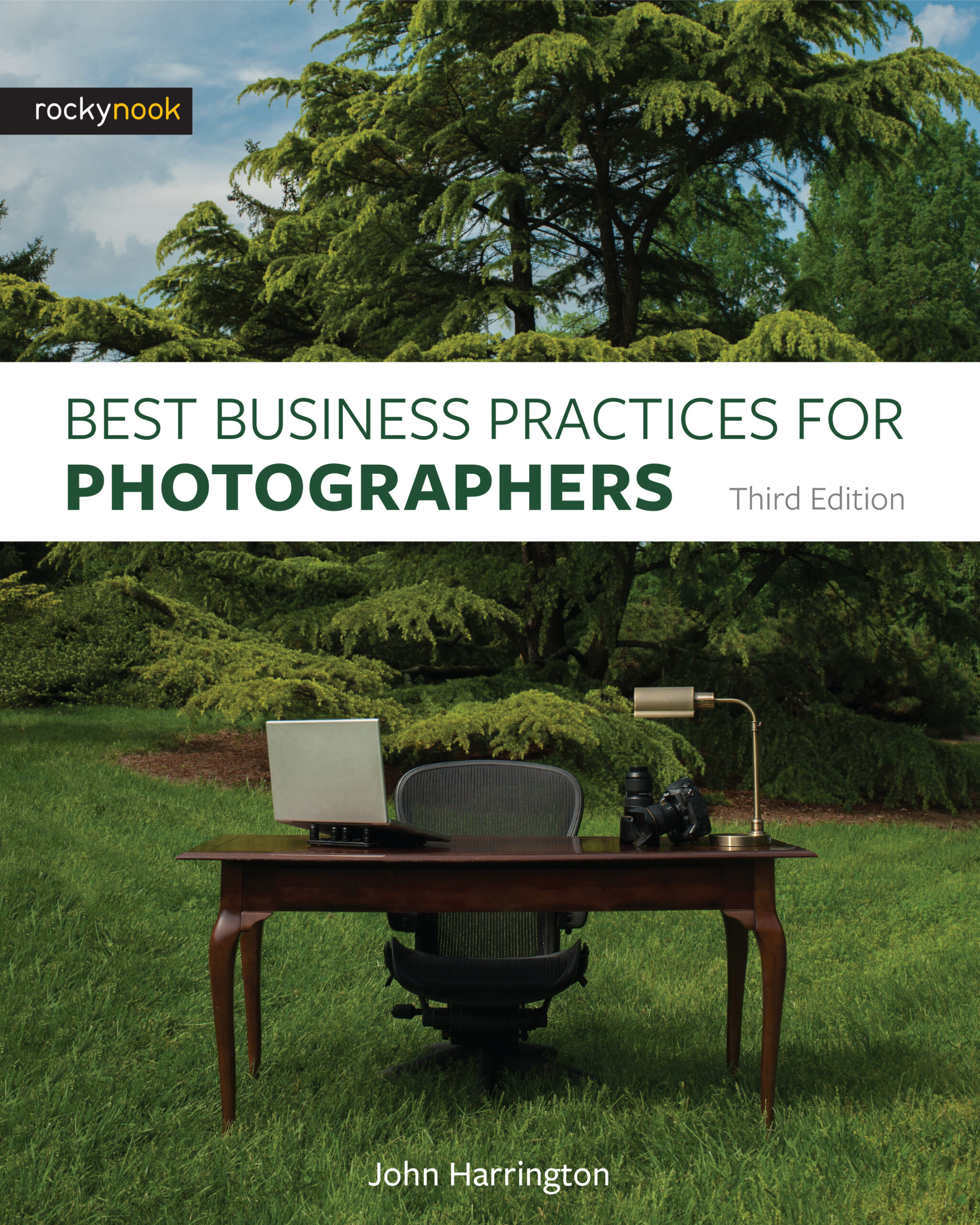



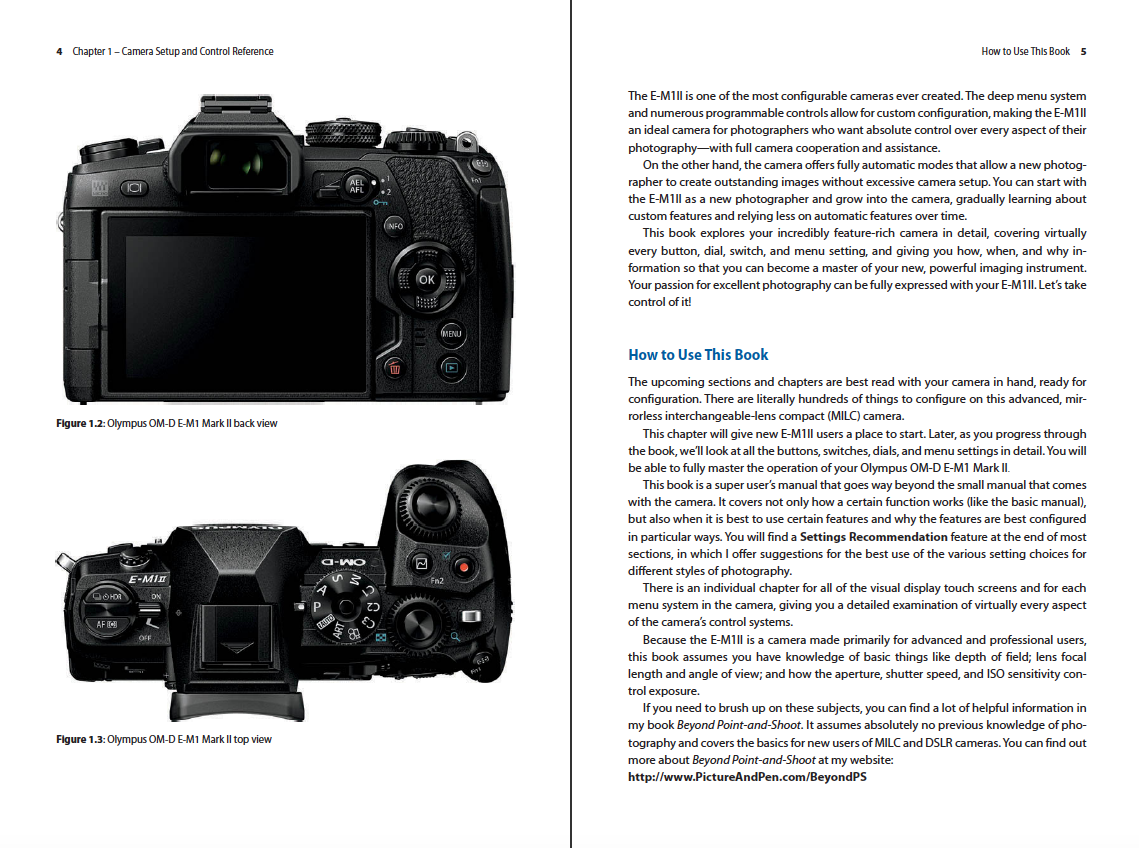
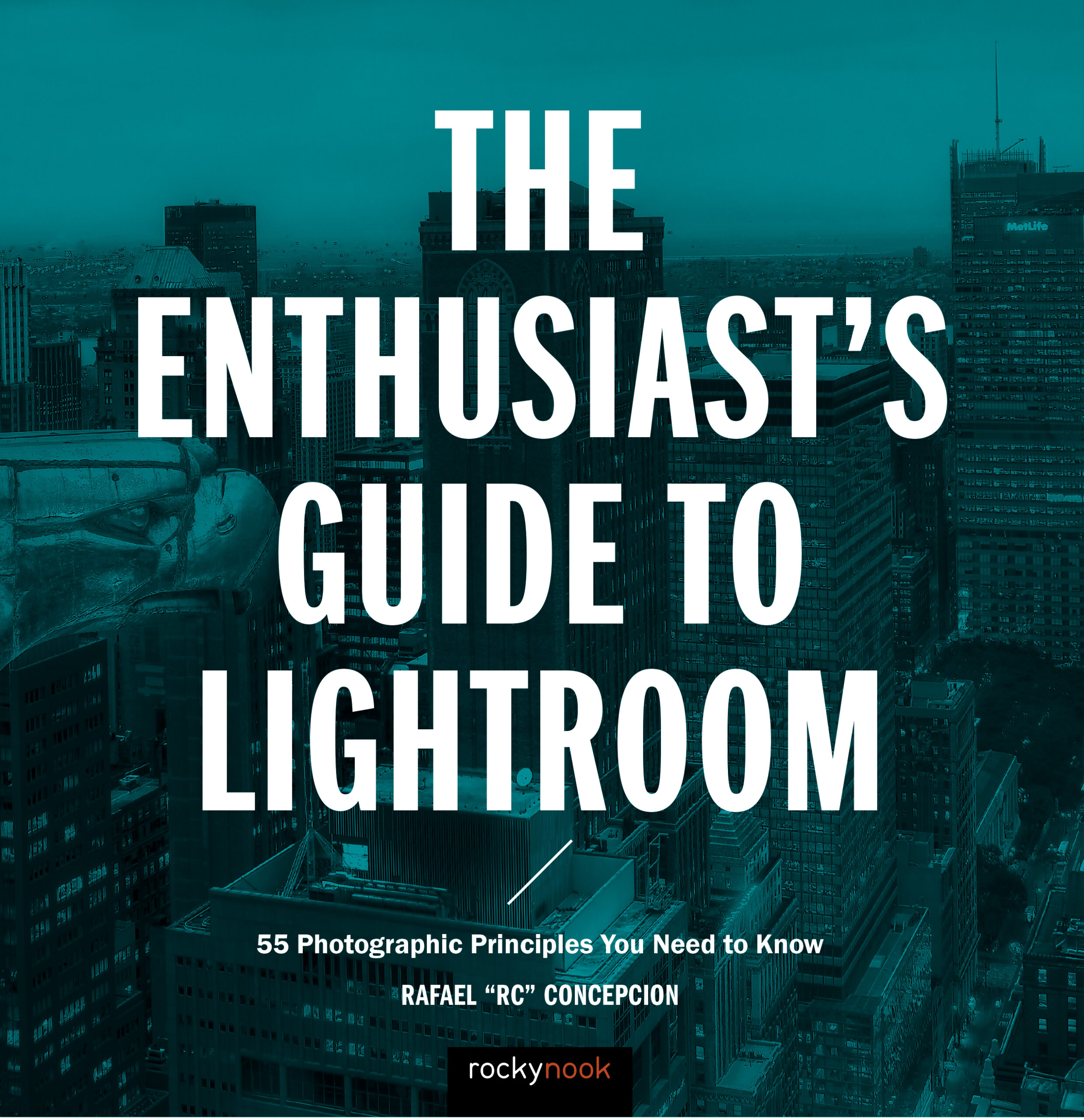
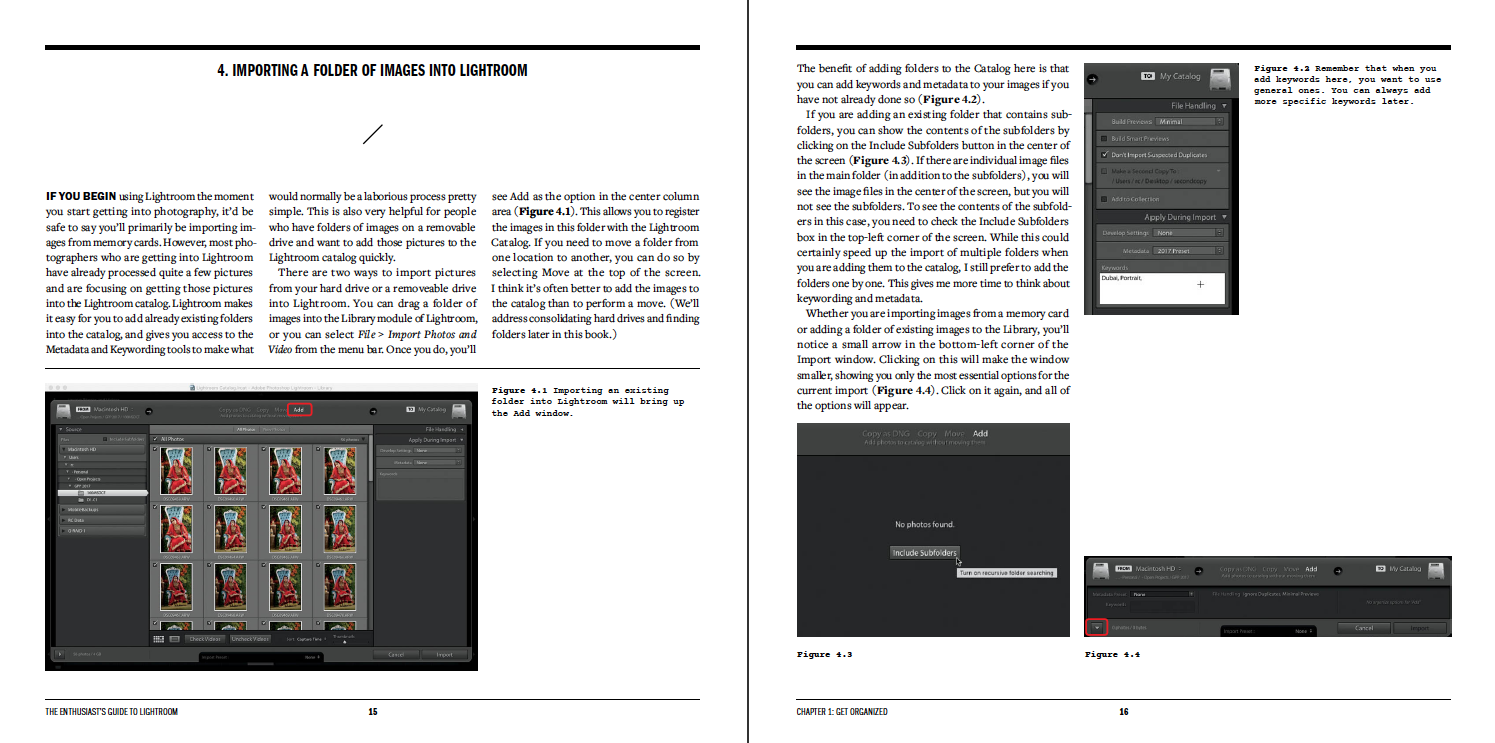
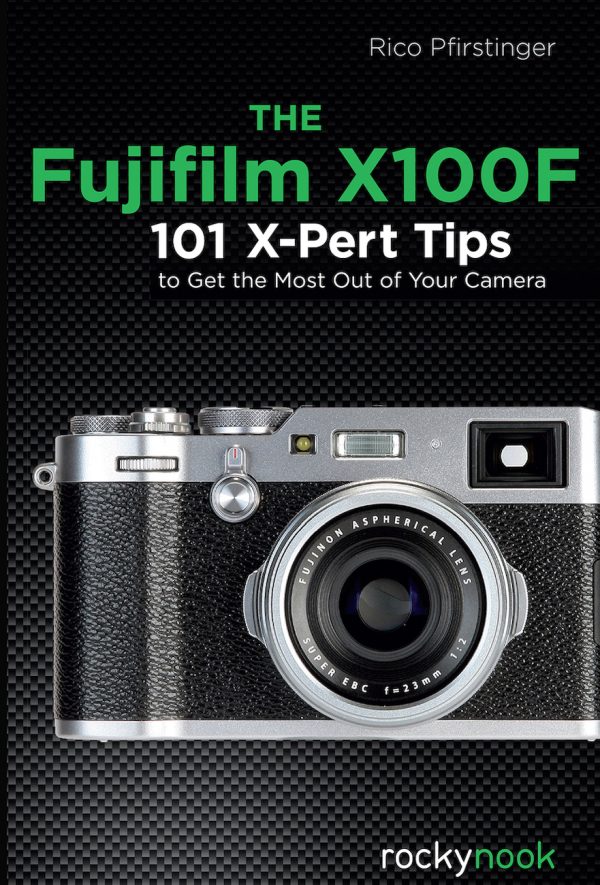
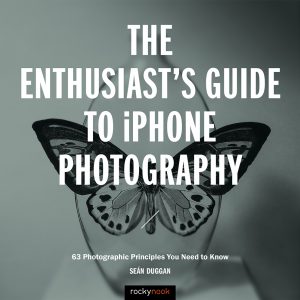

wepsphoto
Crafting the Natural Light Look promises to teach the reader to enhance existing light, or generate a complete lighting design, using only a single light source- and the book truly delivers on this promise.
Coan assures the reader that a single light source, a modifier, a stand, a trigger and a light meter is all one needs, simplifying set up, minimizing cost and drastically reducing the gear required to get great portraits. The text is written for the beginning portrait photographer- she does a wonderful job of teaching the basics of the exposure triangle and applying the exposure decisions to best suit portraiture.
There are wonderful sections that explore light positioning, accurate metering and shadow placement- they are beautifully illustrated with her images as well as diagrams where appropriate. The explanations are simple and easy to follow, but Coan does not hesitate to get technical on occasion, explaining the Inverse Square Law in basic terms while relating its importance to lighting design.
Interestingly, she is primarily a film shooter and does an admirable job of discussing shooting with film, contrasting it to shooting digital, with great emphasis on how exposure setting must differ between the two. For the majority of photographers who are shooting digital, the film discussions will be foreign and inapplicable, but they are truly interesting and easy to skip through for the reader unfamiliar or uninterested.
If there are critiques to be made, the first would be that there is no discussion about the limitations of using a single light source. Controlling the background illumination, separating a subject from a background and enhancing hair require multiple light sources. Though the book’s subject is single source illumination, it would be good to explain the limitations and empower photographers learning for the text to better see how greater control can produce images not attainable by the single light. And then there’s the universal annoyance of product name dropping- a practice that reeks of product placement. Despite an inference to one light shooting being less expensive, her incessant labeling of her ProFoto lights is inconsistent with the idea of reducing cost. And quite frankly, it would be a rare photographer indeed who would own the exclusive and pricey ProFoto lights and also benefits from this introductory text. If writing for beginners, names like Godox, Buff and FlashPoint would be appropriate and relevant, but in reality, lighting design does not require brand name identification.
Despite those issues, this text truly delivers for the photographer looking to leave the “natural light” limitations and utilize a single flash and modifiers effectively in studio portraiture.